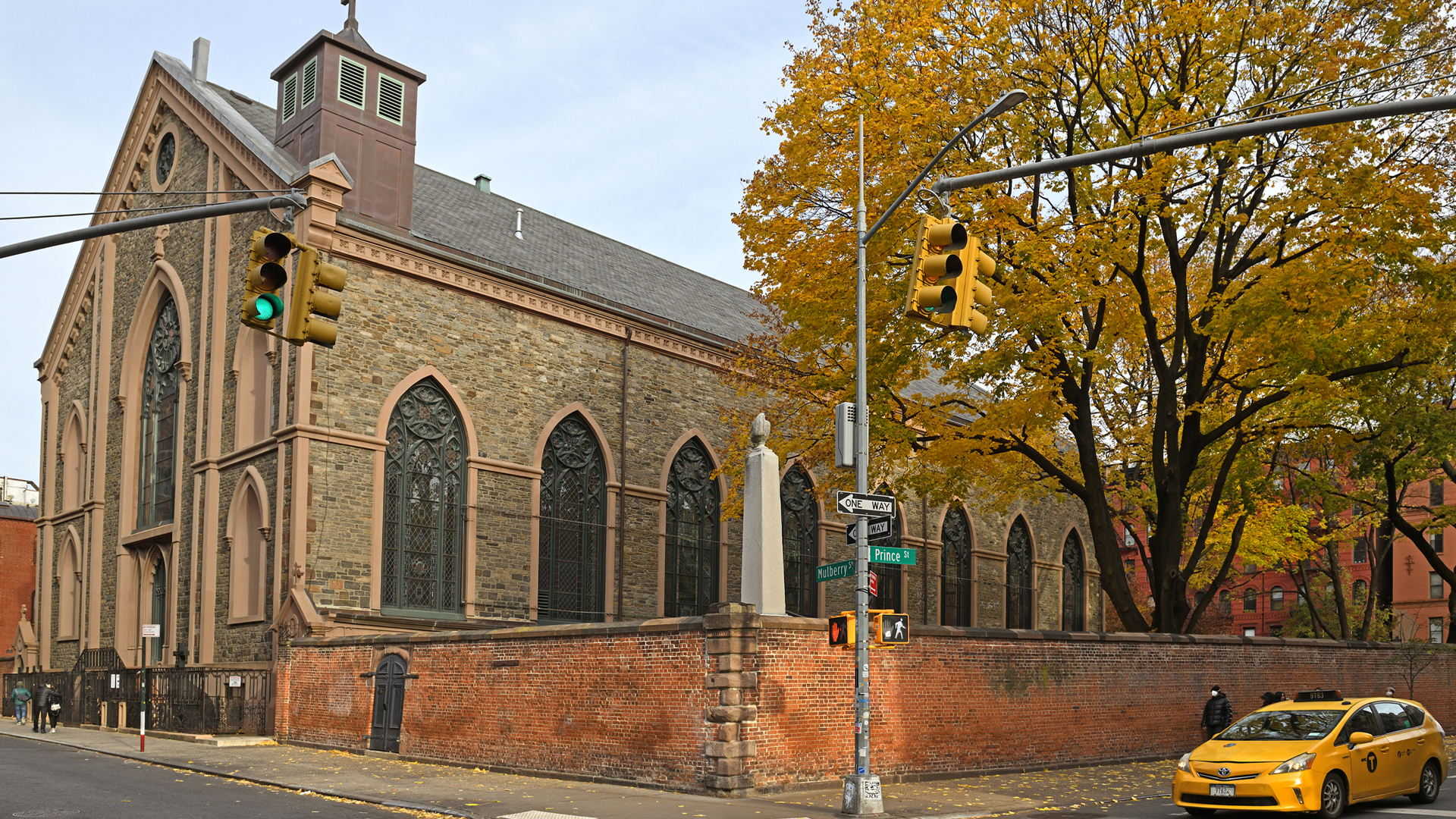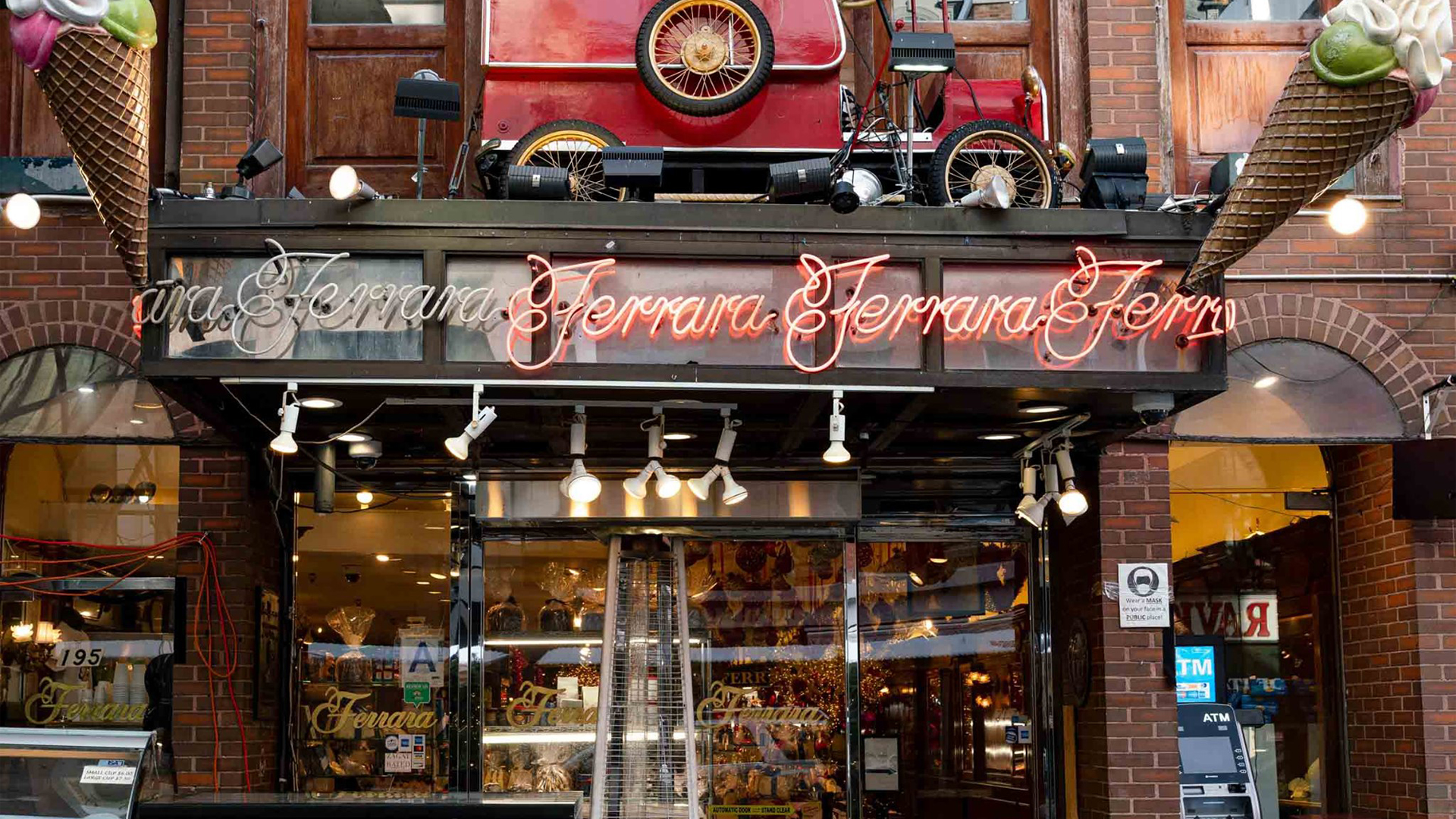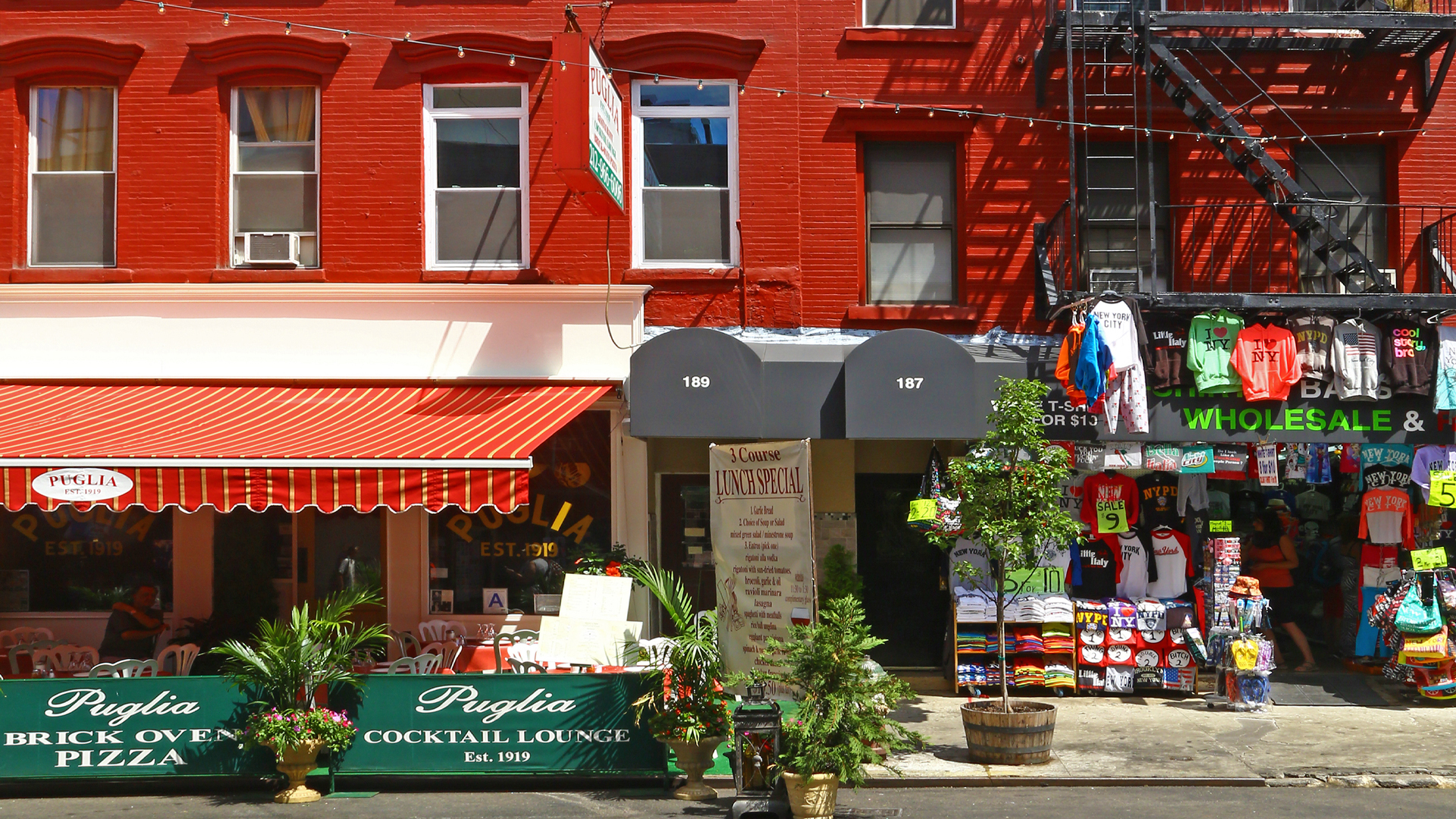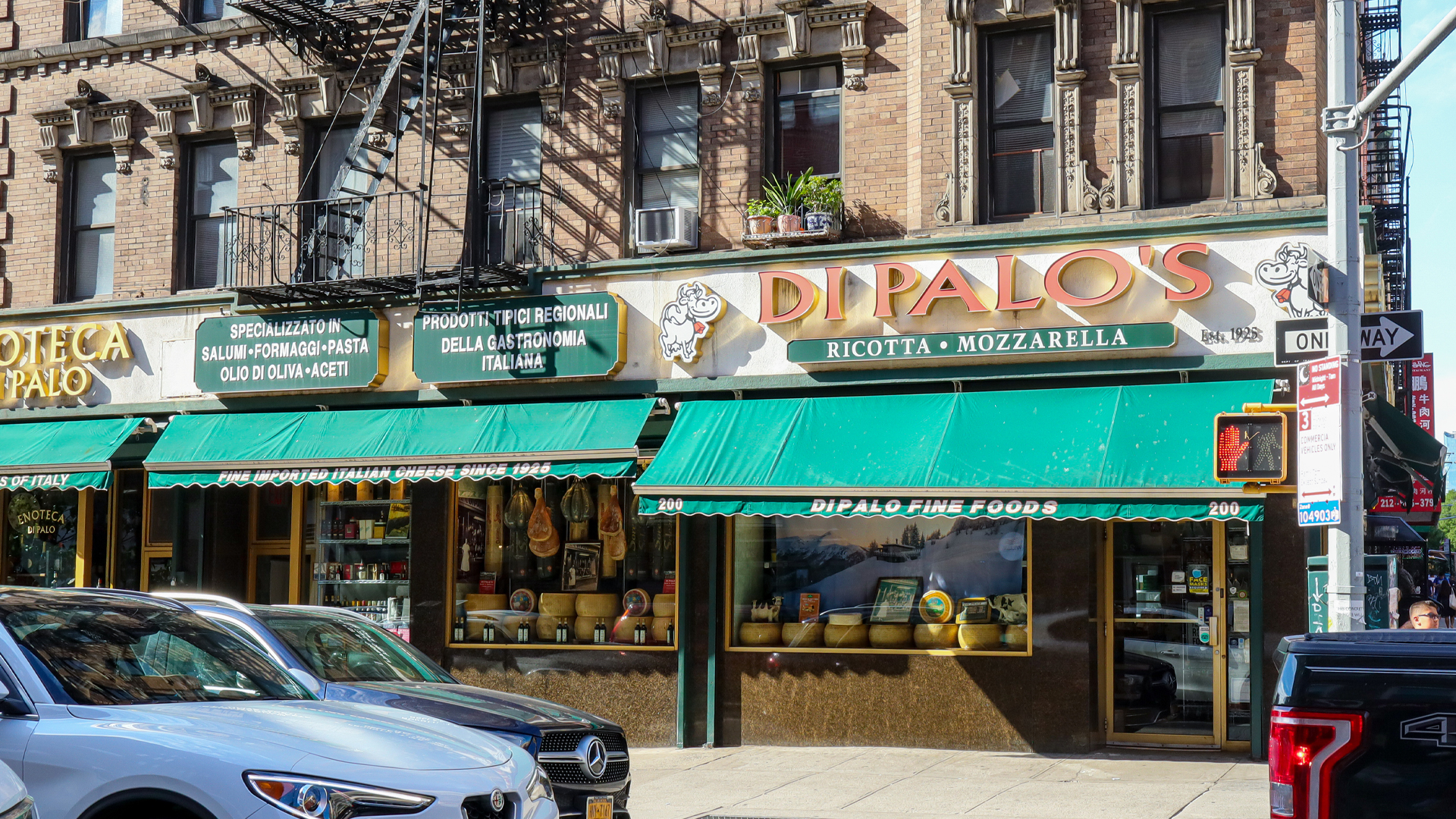At the turn of the 20th century, New York City experienced a dramatic influx of immigrants searching to make America their new home. The greatest concentration of Italian immigrants landed on the streets of Lower Manhattan and transmitted the life and culture of Southern Italy into the developing immigrant neighborhood. In a very densely populated area, Italians embraced the American entrepreneurial spirit and opened their own shops, restaurants, and other businesses around Mulberry Street to serve their community. While many of these places only live in our memories and history books, there are some that have endured the test of time - where you can still go today and feel the legacy of immigrant families. The next time you’re in New York City, make a pit stop at some of the oldest establishments that still exist in Little Italy.
Basilica of St. Patrick’s Old Cathedral (1815)

The Basilica of Saint Patrick's Old Cathedral otherwise known as Old St. Patrick's is a Catholic parish church, a basilica, and the former cathedral of the Archdiocese of New York, located on Mulberry St. in New York City. Beginning in the 1880s, Italian immigrants poured into the area centered on Mulberry Street that came to be known as Little Italy serving the new Italian population. The church was built between 1809 and 1815 and designed by Joseph-François Mangin, it became the seat of the archdiocese until 1879.
Caffe Roma (1891)

(Photo Credit: Jason Forrisi)
A Little Italy institution on the corner of Broome and Mulberry Streets, Caffe Roma bakes its sweet-ricotta sfogliatella, biscotti, pignoli cookies and other confections right on the premises. It’s known for having some of the best cannoli in New York City. The pastry shop has been owned by the same family and in the same location since 1891.
Ferrara Bakery (1892)

Ferrara Bakery dates its origins to 1892 when Café Ferrara first opened its doors for opera lovers seeking like-minded company and refreshments. Owned by the same family of founder Antonio Ferrara, this landmark café serves delicious Italian desserts with freshly ground continental coffees. Located on Grand Street in the heart of New York City’s Little Italy, Ferrara is renowned for its Old World ambiance and its legacy of quality.
Parisi Bakery (1903)
Italian bread. The Mott Street delicatessen with old-world recipes stands as one of the longest running businesses in all of Little Italy. The bread is eaten throughout the city as Parisi is considered to be the go-to bakery for many restaurants. You’ll find a variety of sandwiches including fresh cold cuts, chicken cutlet, mozzarella and more.
Original Vincent’s (1904)
Giuseppe and Carmela Siano established the world famous Vincent's Clam Bar on Mott Street in 1904 and named it after their son. The sidewalk clam bar was located at the corner of Mott and Hester street in Little Italy, New York City where it still flourishes today. In the same year, Carmela introduced her secret old world recipe for the internationally celebrated Vincent's Sauce.
Mulberry St. Bar (1908)
This Little Italy haunt was established over a hundred years ago on Mulberry Street in 1908 as a small bar called Mare Chiaro. Its rich history as one of the oldest bars in NYC remains in its original subway tile floor, wooden bar, and pressed-tin ceiling. The bar stayed in the same family for a couple of generations, before being purchased in 2003. It has been the site of many films, including Donnie Brasco, Men of Honor, and The Godfather Part III.
Puglia (1919)

In 1919, Gregorio Garofalo came from Italy to New York City to begin his American dream on Hester Street. With his knowledge of creating homemade wines and passion for cooking, Gregorio's dream began. The name "Puglia" is a region in Southern Italy from which he immigrated. What has made this continuously operated family restaurant stand out in Little Italy is the energy of the place—an energy familiar to those who come from large Italian families.
Piemonte Ravioli (1920)

(Photo Credit: AJ Forrisi)
The Piemonte Ravioli Company was established in 1920 by an immigrant from Genoa on Grand Street. In 1955, Mario Bertorelli from Parma took over the store, which he and his son, Flavio, continue to operate. The variety of pastas include: ravioli, tortellini, manicotti, cannelloni, stuffed shells, gnocchi, cavatelli, linguine, fettucini, lasagna. 190 Grand Street, the location of Piemonte Ravioli Company, was designated as a historical landmark in 2010.
Di Palo’s (1925)

(Photo Credit: AJ Forrisi)
Making mozzarella has been a family tradition since Savino Di Palo, a cheesemaker and dairy farmer from Basilicata, Italy, set up Di Palo’s on Mott Street in 1910. In 1925, after his daughter Concetta Di Palo married, she opened C. Di Palo down the street to support the growing family. Di Palo’s has become a fifth-generation business that has five generations of customers.
Arianna DiCicco
Arianna DiCicco is an educator and writer from California, born into an Italian American restaurant family with strong ties to her grandparents’ home in Abruzzo, Italy. She has lived in San Francisco, Rome and New York City where she’s made deep connections within the Italian communities and gained new perspectives about her own culture. With a Masters in International Education, Arianna has a love and passion for learning and educating others about Italian history & culture.

